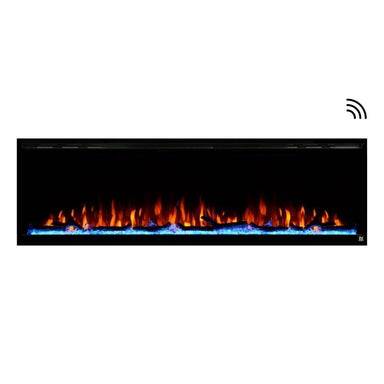
Touchstone Sideline Elite Smart Electric Fireplace (Alexa/Google Compatible)
Fully Control Your Fireplace with Alexa or Google Voice Commands Traditional fireplaces are beautiful, but they're also a pain to keep clean and ...
View full detailsModern ventless fireplaces are so much more than just gas.
Explore the world of indoor ventless fireplaces, a versatile and innovative heating solution that has transformed how we think about fireplace installation and use in our homes. Our collection offers a range of indoor ventless options, including electric, ethanol and gel, ventless gas, and water vapor fireplaces. There's an indoor ventless fireplace to suit every space and style.
Our customers pick these ventless fireplaces time and time again.
Shop our Best Sellers collection to see what's trending right now.

Fully Control Your Fireplace with Alexa or Google Voice Commands Traditional fireplaces are beautiful, but they're also a pain to keep clean and ...
View full details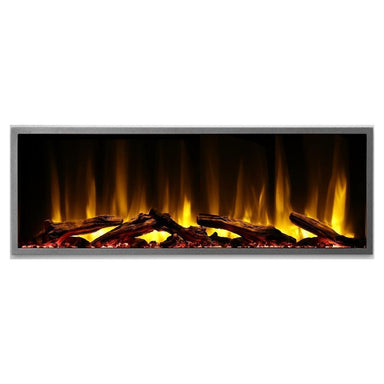
A Stylish Fireplace that Raises the Bar for Aesthetics in a Modern Home Everyone knows the saying- 'no pain, no gain'. And, you would think that ...
View full details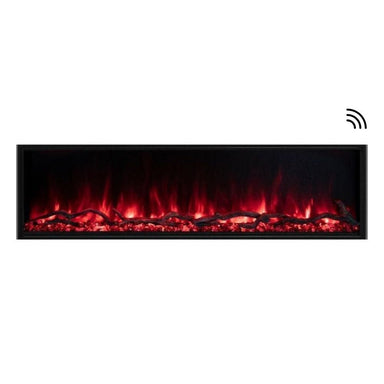
Glam Up Your Modern Living Space with the Landscape Pro Slim Smart Electric Fireplace A traditional fireplace will grace any space with beauty an...
View full details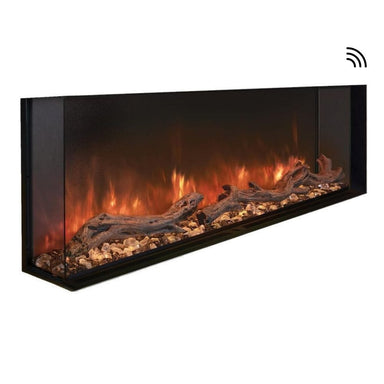
Experience Living in a Truly Modern Home with a 3-Sided Smart Electric Fireplace You want to add a beautiful, warm fireplace to your home but don'...
View full details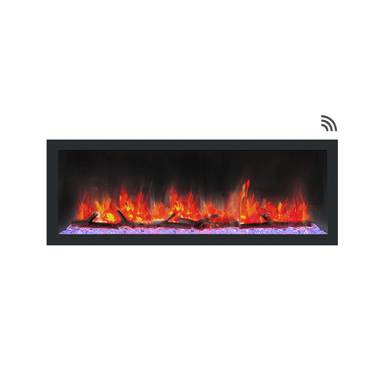
Modernize Your Living Space with a Smart Electric Fireplace With Wi-fi and Multicolor Flame Do you have trouble deciding how to update your room? W...
View full details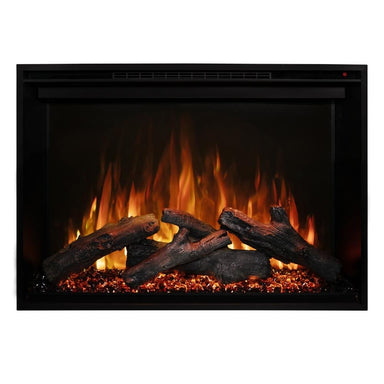
The Redstone Fireplace Insert Will Exceed the Expectations You Have for Your Living Room A lot of rooms are already well-designed, but sometimes f...
View full details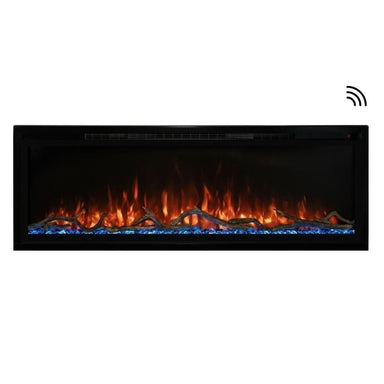
FEATURES: Indoor electric fireplace - NOT for outdoor use Realistic and vivid flames with multiple color options, adjustable brightness, and adj...
View full details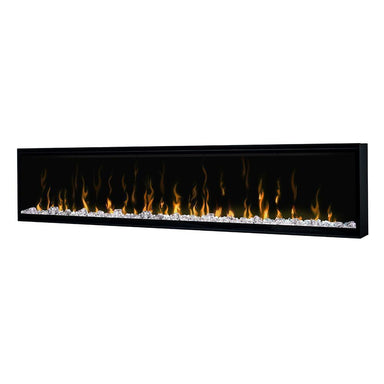
The Immense Beauty of the IgniteXL Fireplace will Leave Your Guests in Awe Is there a wide-open space in your property that you just don't know w...
View full details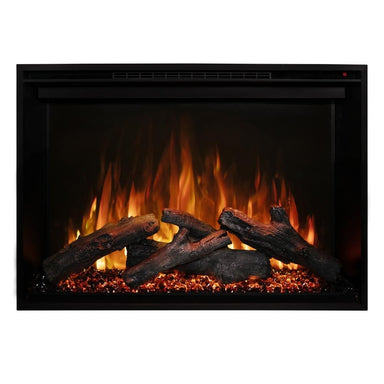
The Redstone Fireplace Insert Will Exceed the Expectations You Have for Your Living Room A lot of rooms are already well-designed, but sometimes f...
View full details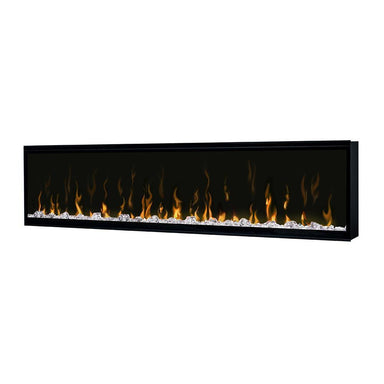
Turn an Ordinary Room into an Impressive Modern Space with the Dimplex Ignitexl Linear Fireplace A gorgeous fireplace is a fail-proof method of up...
View full details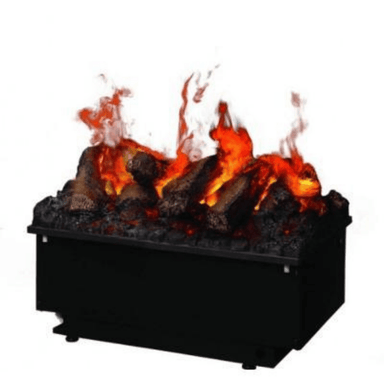
Customize Your Dream Fireplace with the Illusion of Smokey Flames Picture the perfect fireplace: any length, any location, and any number of sides....
View full details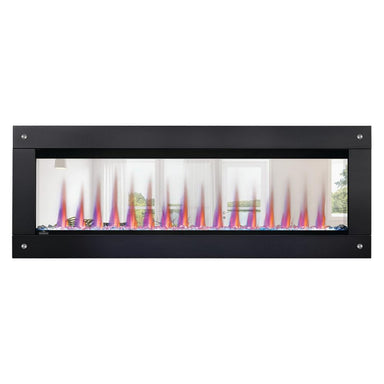
The Perfect Fireplace for Providing Warmth and Enhanced Ambiance to Two Separate Rooms Many areas, not just the living room, need a warm inviting ...
View full details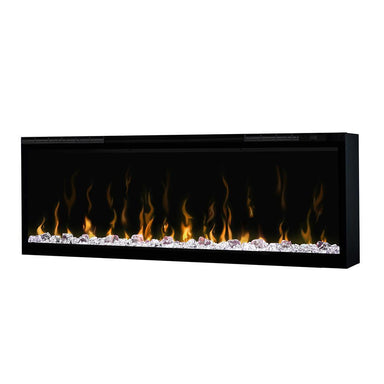
Turn an Ordinary Room into an Impressive Modern Space with the Dimplex Ignitexl Linear Fireplace A gorgeous fireplace is a fail-proof method of enh...
View full details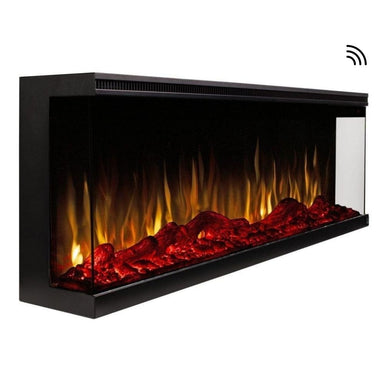
Safer, Cleaner, and More Convenient Than a Traditional Fireplace. Traditional electric fireplaces are just so, well, traditional. They're boxy an...
View full details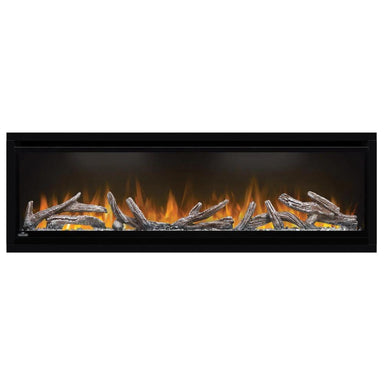
The Perfect Addition To Your Living Space With Frameless Viewing Area For That Seamless Elegance Well-designed living spaces can sometimes be lackl...
View full details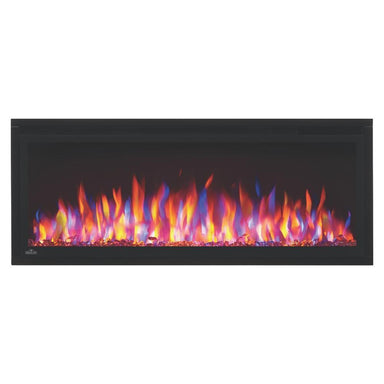
An Enticing Fire Feature With Multicolor Flames And Realistic Logs A place is desirable to spend time in when it has a pleasing atmosphere that dr...
View full details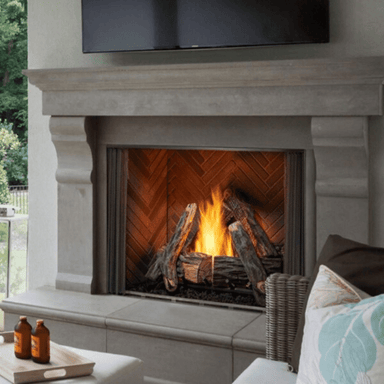
An Unvented Outdoor Gas Fireplace That Looks Exactly Like a Masonry Fireplace You're a traditionalist who loves the look of masonry fireplaces, bu...
View full details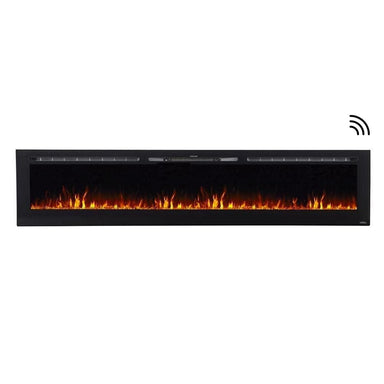
Enjoy a Long Flame Display with this Electric Fireplace You want to add some extra heat and ambiance to your home, but don't want the hassle or ex...
View full details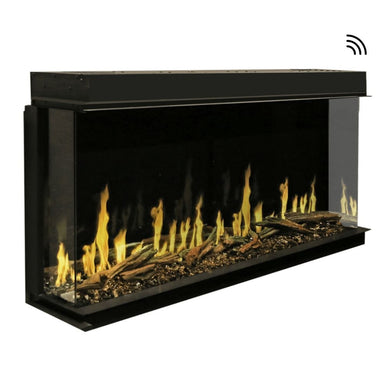
The Orion Multi Raises the Bar for Realistic Electric Fireplaces Looking for an electric fireplace with extremely realistic flames? You may feel t...
View full details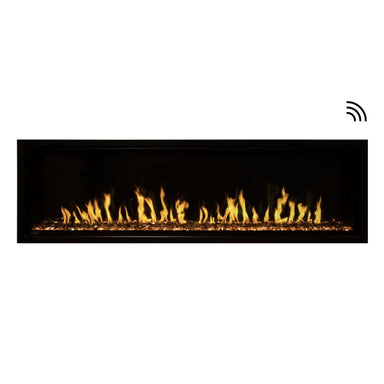
An Electric Fireplace With Ultra-Realistic Flames to Make You Linger by for Hours Are you worried that your fireplace's flames won't live up to an...
View full details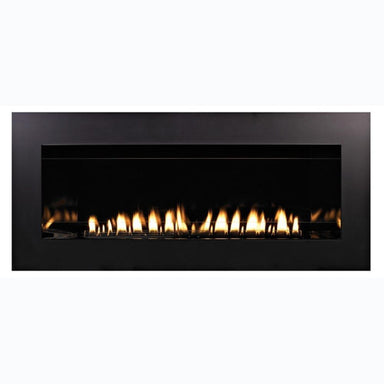
Modern Stylish Linear Vent-Free Gas Fireplace That Heats Up Your Room You want to add a beautiful, warm fireplace to your home but don't want the ...
View full details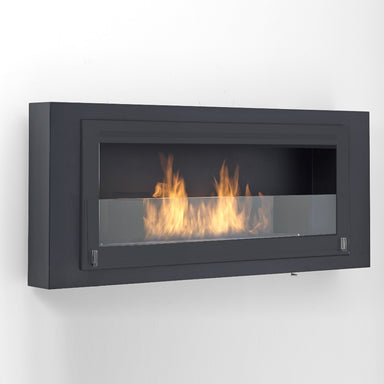
Modern Wall-Mounted Ethanol Fireplace That Can Be Installed on Any Wall It's finally time to upgrade your old, outdated fireplace. But you don't w...
View full details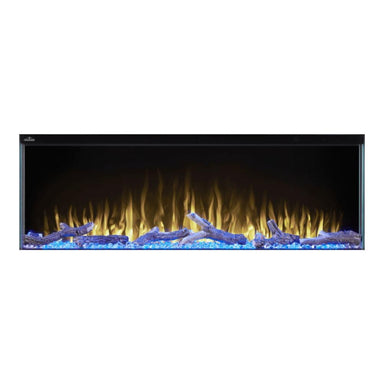
Get an Awesome View of the Multicolored Flame from Almost any Angle Traditional fireplaces are beautiful, but they take up a lot of space and can...
View full details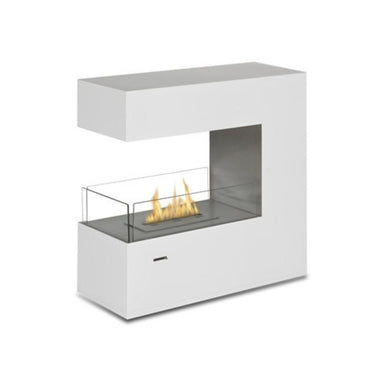
Get an Awesome View of the Flame from Almost Any Angle with This 3-Sided Ethanol Fireplace You want to create a dividing wall with a fireplace bu...
View full detailsFind find the perfect Indoor ventless fireplace solution for you.
Enjoy simplicity, safety, and efficiency.
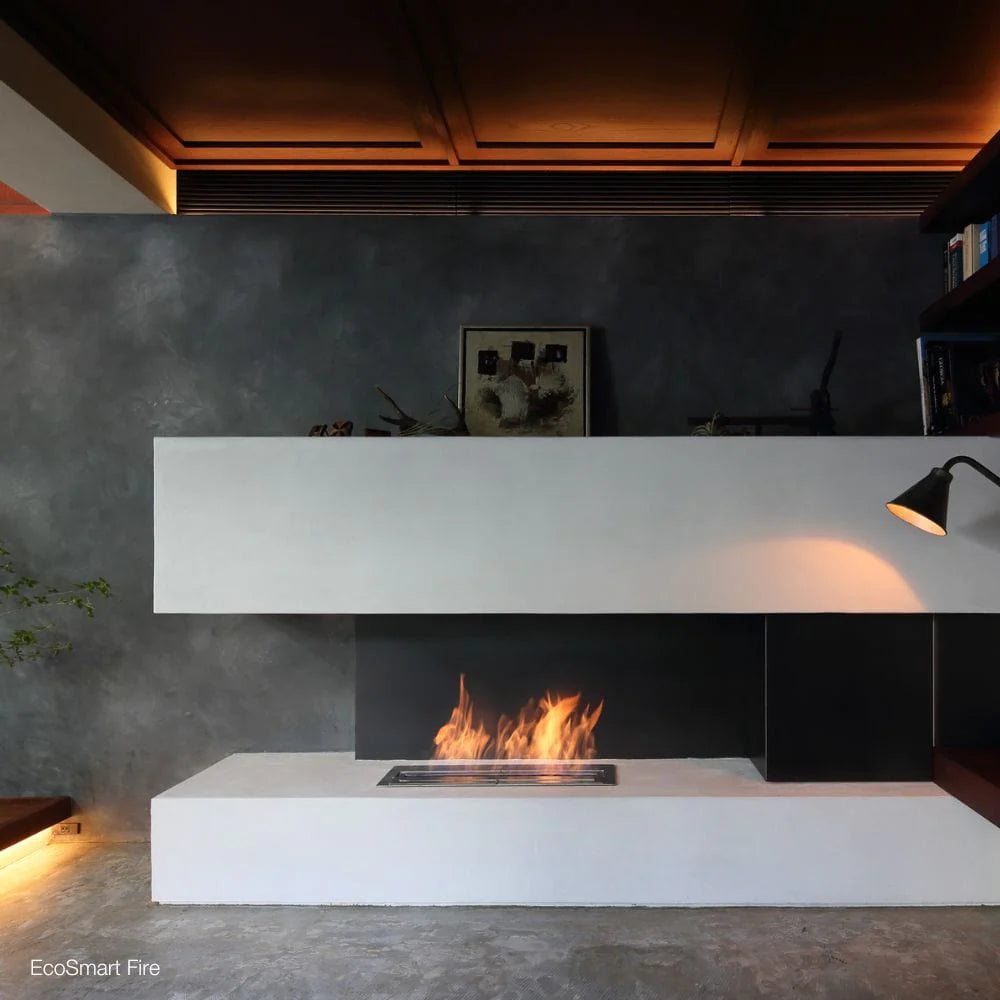
Modern ventless fireplaces, the perfect solution if you want to have a fireplace in your house, apartment, or a condo without a chimney.
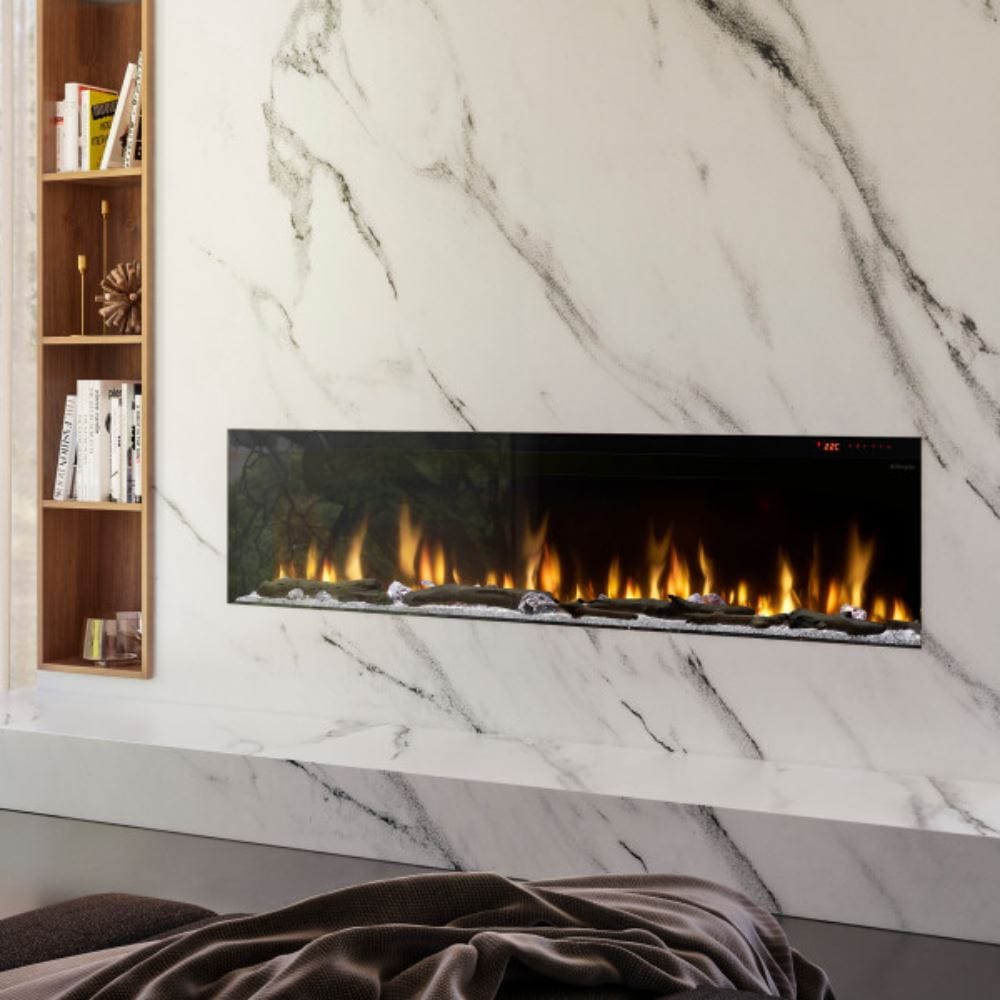
Affordable, clean, safe and easy to install without any special permits.
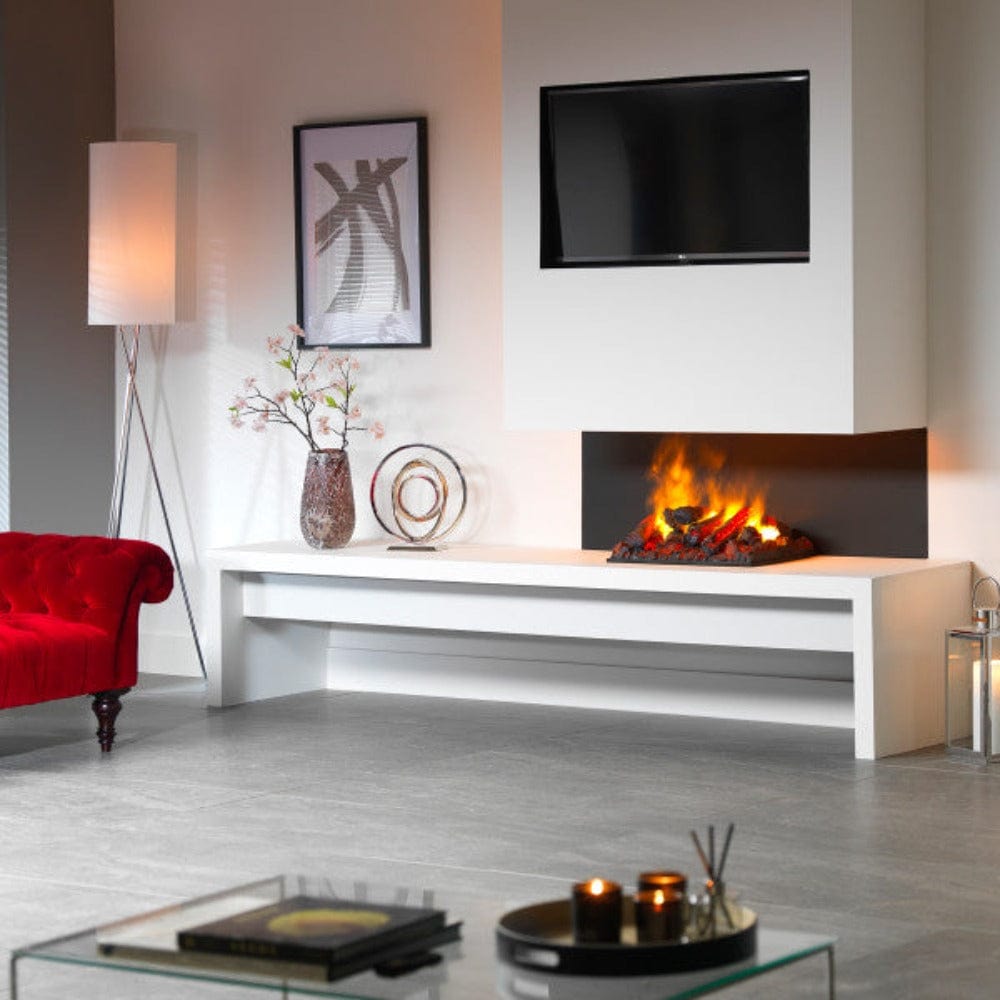
Ventless fireplace with 3D, realistic flames that you can touch without burning your hand
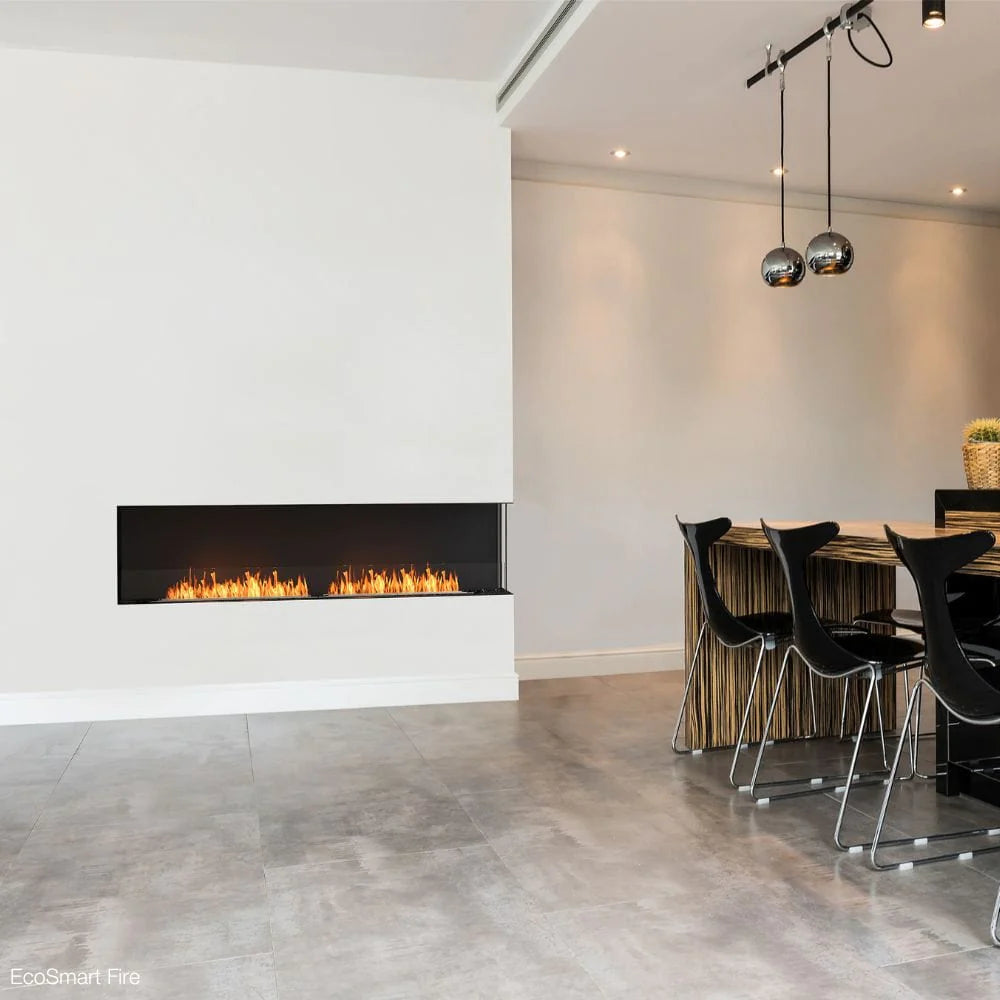
Innovative eco-friendly, vent-free and can be installed anywhere yet few people know about them.

Don't require an external vent, are easier to install and are more energy-efficient than wood or vented gas fireplaces.
Let's answer some of the most popular questions about ventless fireplaces. Keep in mind that ventless or vent-free fireplaces are not only the gas ones. There is a range of indoor ventless options, including electric fireplaces, ethanol and gel fireplaces, ventless gas fireplaces, and water vapor fireplaces.
When it comes to indoor ventless gas fireplaces, safety is a common concern. These fireplaces are designed to burn gas more efficiently, resulting in minimal exhaust that's safe to release indoors. Most modern ventless gas fireplaces are equipped with oxygen depletion sensors and automatic shut-off features to enhance safety. However, proper installation and adherence to manufacturer guidelines are crucial to ensure safe operation.
Let's talk about other types of ventless fireplaces:
Overall, these fireplaces offer safer alternatives to traditional wood or gas fireplaces, with reduced risks of fire hazards, toxic emissions, and indoor air pollution.
Electric, water vapor, gas and ethanol fireplaces offer unique advantages but also come with some disadvantages.
Ventless fireplaces can be installed in virtually any room, eliminating the need for a chimney or external venting. However, for some types of ventless fireplaces lke ventless gas or ethanol, it's essential to ensure the room is well-ventilated to avoid potential air quality issues.
While vented fireplaces expel exhaust outside, ventless units are designed to operate at high efficiency, with minimal byproducts that are safe to release indoors under correct usage conditions. Some ventless fireplaces produce no fumes at all like in the case of electric or water vapor fireplaces.
Vented fireplaces are traditionally considered safer due to their direct exhaust system. However, modern ventless fireplaces are designed with safety features that make them a viable option for many homeowners. The choice between vented and ventless often comes down to personal preference, installation possibilities, and specific home heating needs.
There are currently no restrictions on electric and ethanol ventless fireplaces, however there are some states and municipalities that restrict or ban ventless gas fireplaces due to concerns about indoor air quality.
Currently, ventless gas fireplaces are banned in California, New York along with Alaska, Montana, Minnesota, and Massachusetts have lifted their statewide bans on ventless fireplaces (link to source). However it's crucial to check local codes before installing a ventless gas fireplace unit.
While ventless fireplaces serve as excellent supplemental heat sources, they should not be relied upon as the sole heating method in extreme cold.
Many homeowners find ventless fireplaces to be a worthwhile investment, enjoying the comfort and aesthetic appeal they bring to their indoor spaces.
Explore our linear fireplaces in gas, electric, ethanol, and water vapor—perfect for a modern, efficient, and eco-friendly space. Vent-free design.